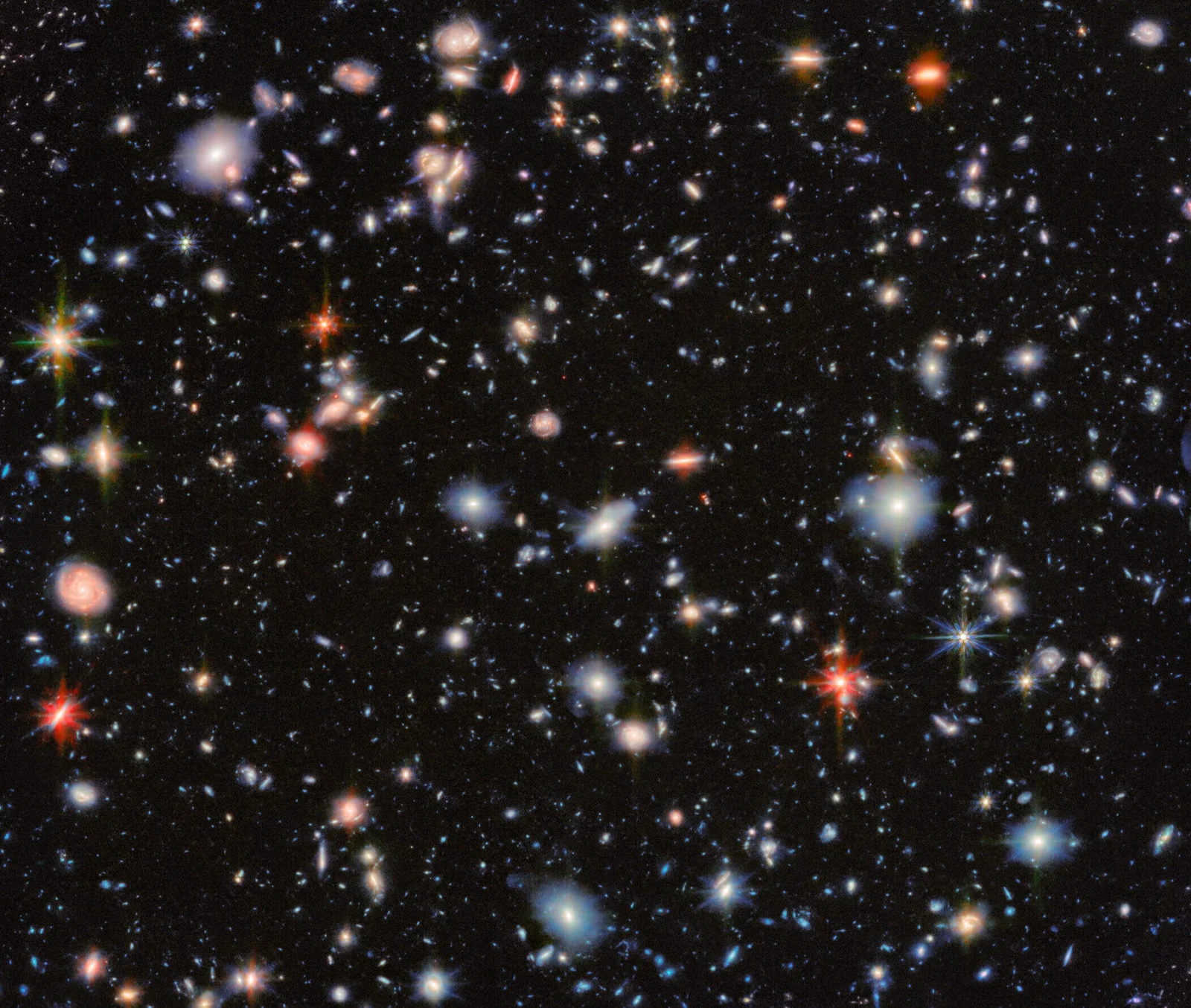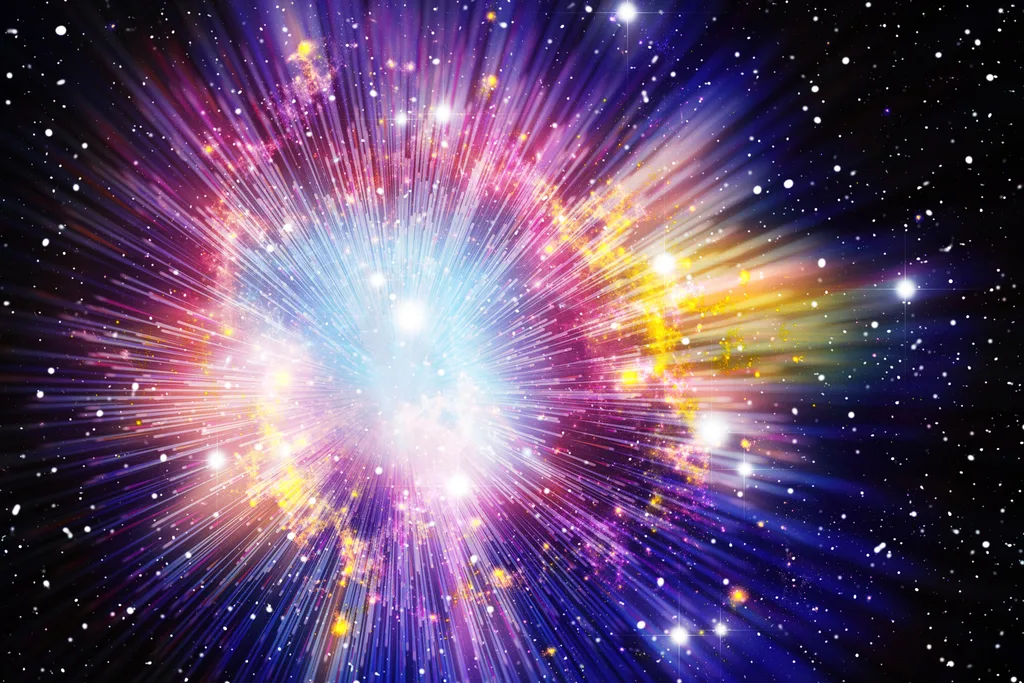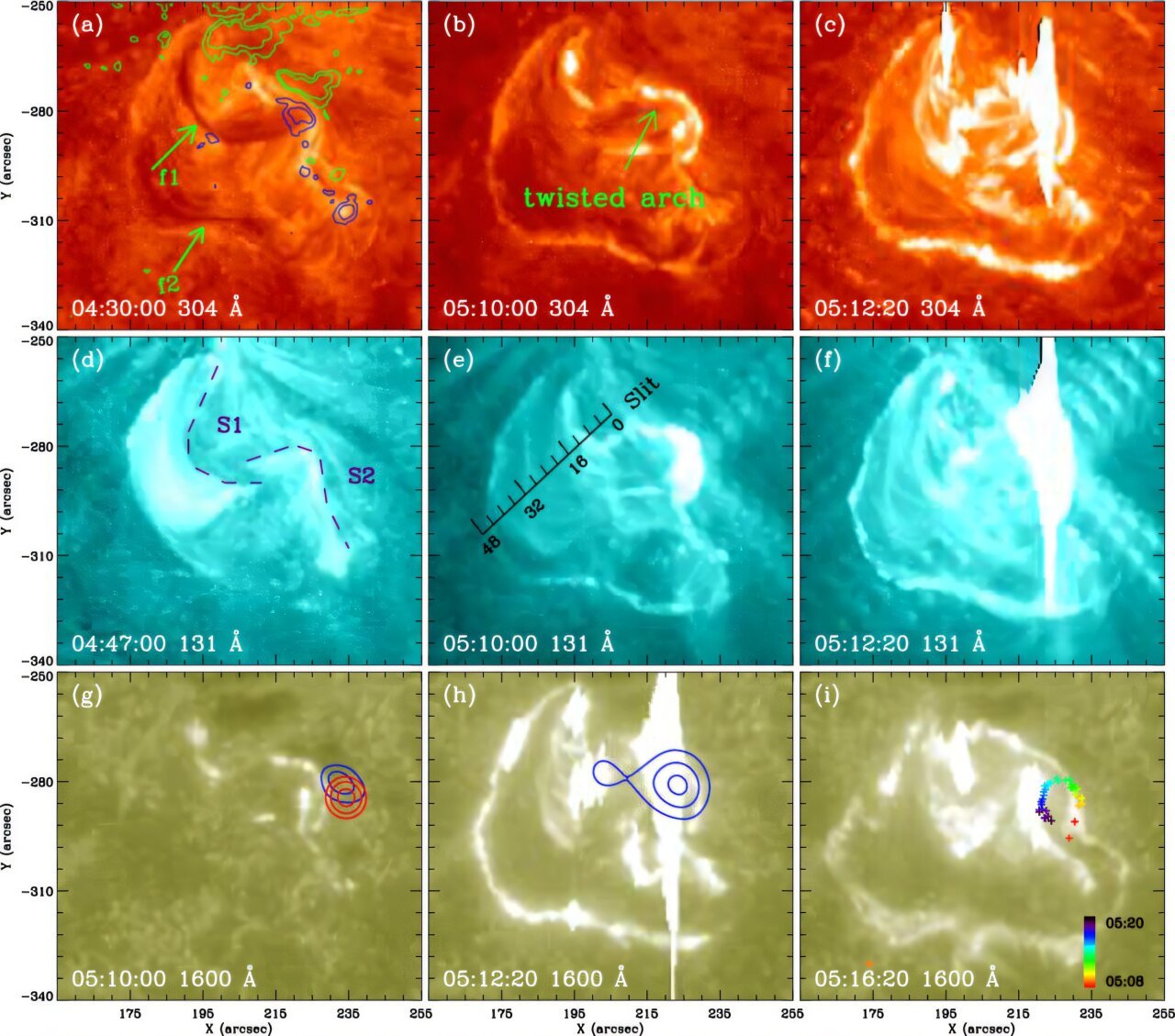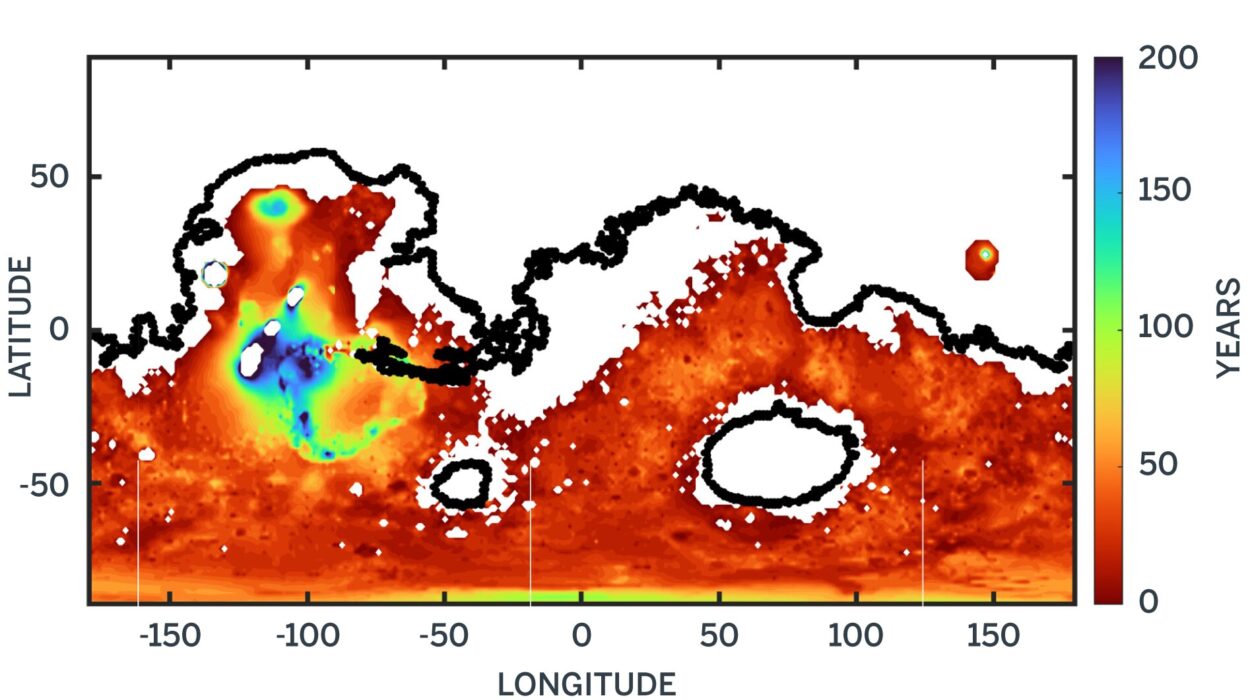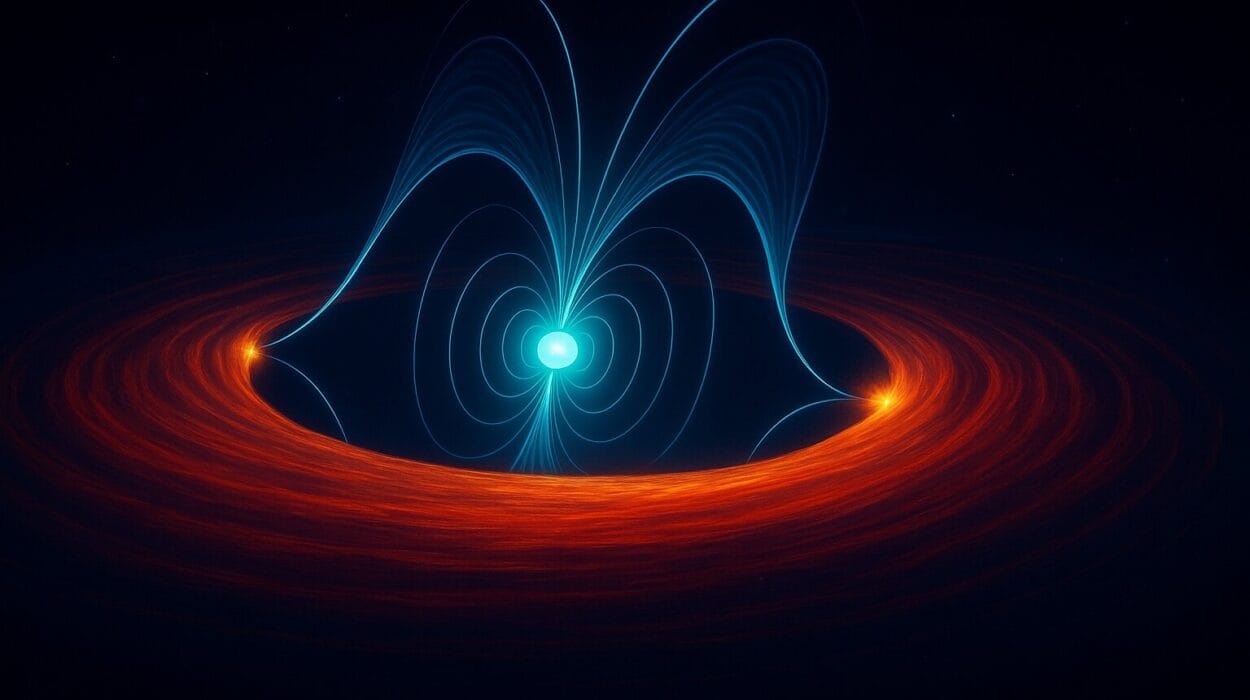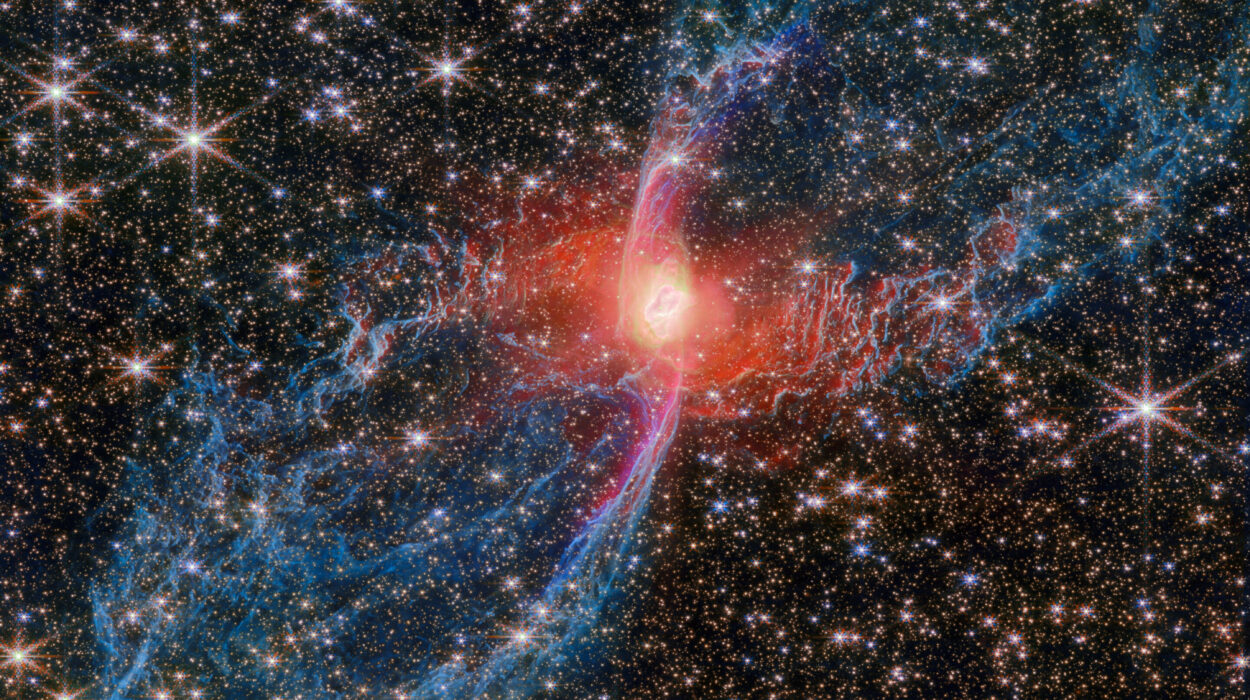In a stunning return to one of astronomy’s most iconic cosmic portraits, the James Webb Space Telescope (JWST) has unveiled an unprecedented new view of the Hubble Ultra Deep Field—a tiny patch of sky that has captivated scientists and stargazers for decades. Using its Mid-Infrared Instrument (MIRI) and Near-Infrared Camera (NIRCam), Webb has captured one of the deepest and most detailed views of the universe ever recorded, revealing more than 2,500 distant galaxies, some of which date back to the earliest epochs after the Big Bang.
This latest image is part of the MIRI Deep Imaging Survey (MIDIS), a marathon 100-hour observation campaign that pushes the limits of what humanity can see. Thanks to the incredible sensitivity and resolution of Webb’s infrared instruments, astronomers are now peering farther back in time—and deeper into the dusty heart of cosmic history—than ever before.
Looking Deeper Into Cosmic Time
The field captured by Webb may appear small—barely a fraction of the sky the Moon covers—but within this sliver of darkness lie entire cosmic cities, many of them born over 13 billion years ago. Some of the faint red smudges now visible in Webb’s image may be among the first galaxies to have ever formed.
Each glowing dot in the image represents an entire galaxy, composed of billions of stars. Many of these galaxies are so distant that their light began its journey across the cosmos just a few hundred million years after the Big Bang, which occurred roughly 13.8 billion years ago. Webb’s infrared vision allows astronomers to detect this ancient starlight, which has been stretched into longer wavelengths—a phenomenon known as redshift—by the expanding universe.
The deeper the redshift, the farther back in time astronomers are looking. Some of the galaxies seen in this image exhibit such high redshift that they were invisible to Hubble, despite its pioneering work in the same field two decades ago.
A Symphony of Color and Physics
Webb’s image is not only a scientific treasure trove—it is a work of cosmic art. The colors, while not visible to the human eye in space, have been carefully assigned to represent different wavelengths of infrared light. Orange and red hues denote the longest mid-infrared wavelengths, pointing to galaxies that are rich in cosmic dust, forming new stars, or harboring active galactic nuclei (AGNs)—the voracious black holes that glow at the centers of some galaxies.
In contrast, blue and cyan regions highlight galaxies bright in shorter near-infrared wavelengths, suggesting they are relatively dust-free and lacking the energetic processes that dominate mid-infrared sources. Meanwhile, green and white galaxies stand out as particularly distant objects. Their light, heavily redshifted into the mid-infrared, now peaks in the very wavelengths Webb is best at detecting.
This color-coded data gives scientists a way to disentangle the mysteries of galactic evolution. By studying these infrared hues, astronomers can determine not only how far away a galaxy is but also what’s happening inside it—whether it’s forming stars rapidly, shrouded in dust, or aging quietly with older stellar populations.
Uncovering Hidden Titans and Ancient Structures
Among the 2,500 sources identified in the image are hundreds of extremely red galaxies, many of which were previously undetected by any telescope. Some appear to be massive, mature systems that already had well-developed stars within the first billion years of cosmic history—a finding that challenges long-held theories of how and when galaxies form.
Others are dust-enshrouded star factories, glowing fiercely in mid-infrared light as they churn out new suns at astonishing rates. These types of galaxies are often hidden from optical telescopes, their visible light blocked by clouds of dust. But Webb’s mid-infrared vision pierces through this obscuration, revealing a previously invisible population of galactic giants.
Astronomers are also now able to study the internal structure of many of these ancient galaxies, something impossible before. Webb’s fine resolution allows researchers to trace how light is distributed across each galaxy, helping to determine whether it has a bulge, spiral arms, or a disturbed shape caused by mergers or interactions. This structural insight is key to understanding how galaxies grow, evolve, and sometimes collide over billions of years.
Continuing the Deep Field Legacy
This latest observation marks a powerful continuation of the deep field tradition that began with the Hubble Space Telescope in the 1990s. Back then, Hubble’s deep field images revolutionized our understanding of the universe, revealing that even the darkest, seemingly empty parts of the sky were teeming with galaxies.
Now, two decades later, Webb has taken that legacy to the next level, not just confirming what Hubble showed us, but expanding it into entirely new territory. Where Hubble saw thousands of galaxies in optical light, Webb sees thousands more in infrared light—many of which are either older, dustier, or simply more distant than Hubble could detect.
“This is not just a sharper image,” say astronomers involved in the project, “it’s a fundamentally deeper and more informative one.” Each pixel of Webb’s image holds a story from the dawn of time, waiting to be read by scientists who are only beginning to decode it.
Humanity’s Window Into the Beginning
More than just a technical achievement, Webb’s latest image is a reminder of something profound: we are part of a vast and ancient universe, born from the same cosmic processes that shaped the galaxies now glowing in the depths of space. Every atom in our bodies was forged in stars like those now seen in the farthest reaches of this image.
By capturing light that has traveled across 13 billion years, the James Webb Space Telescope allows us to look not just out into space—but back into time itself. It brings us closer to answering fundamental questions: When did the first stars ignite? How did galaxies assemble from gas and dust? And how did the universe evolve from a glowing fireball into the complex cosmic web we see today?
As astronomers dig deeper into this data, they will no doubt uncover more surprises—new types of galaxies, hidden black holes, and perhaps even clues about dark matter and dark energy, the invisible forces that dominate the cosmos.
For now, what Webb has given us is a cosmic mirror—a chance to see, in incredible detail, the universe as it once was, and in doing so, to better understand where we come from.
